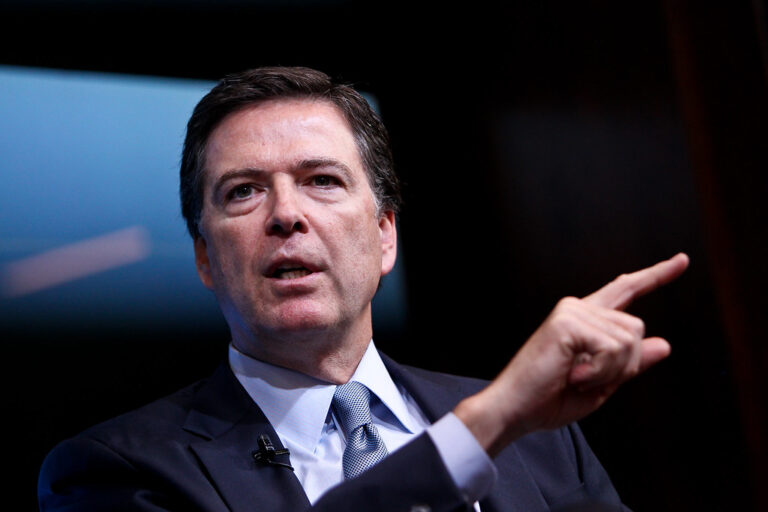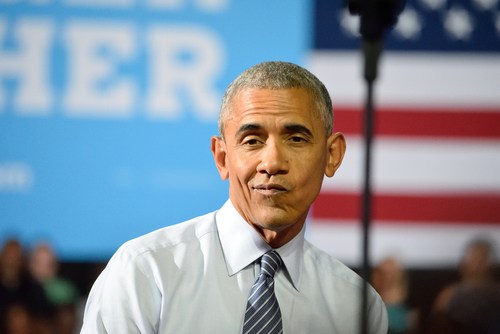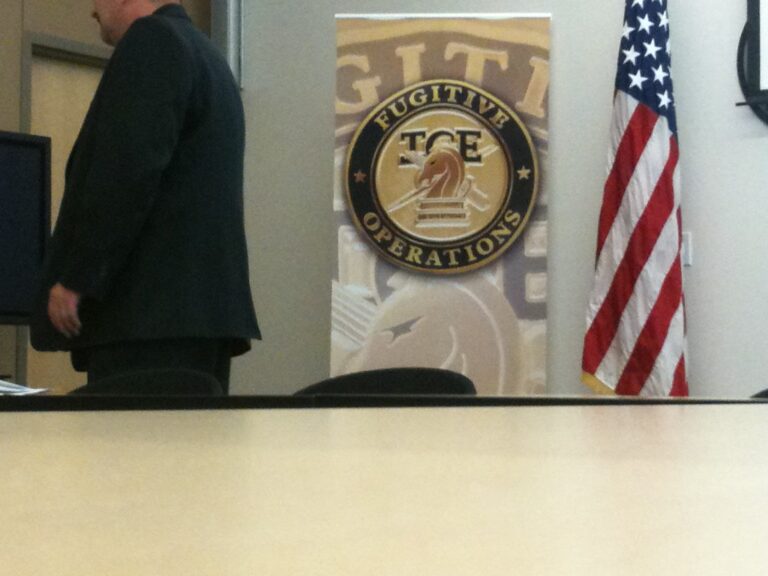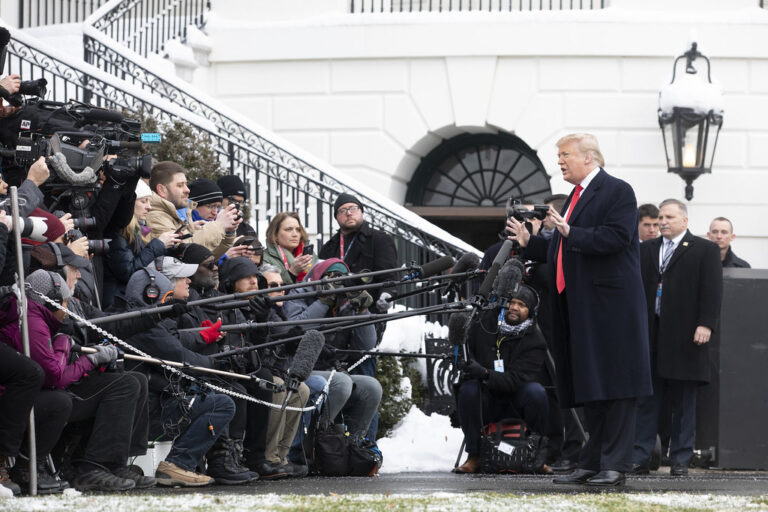Key Takeaways:
– President Trump is pushing hard for a Comey indictment before the statute of limitations expires.
– Federal prosecutors, including the attorney general, have doubts about the strength of the case.
– A new U.S. attorney, once Trump’s personal lawyer, may soon take evidence to a grand jury.
– The five-year window to file perjury charges ends next Tuesday, creating a tight deadline.
Can Trump Force a Comey Indictment This Week?
Background on the Push
President Trump has made clear he wants his political rivals charged. Now he is focusing on former FBI director James Comey. Trump believes Comey lied during 2020 congressional testimony about the Russia probe. As a result, he is demanding the Justice Department bring charges before time runs out. Meanwhile, top prosecutors have voiced serious reservations.
Prosecutors Voice Concerns
Attorney General Pam Bondi and other federal prosecutors have expressed doubts about a Comey indictment. They worry the evidence may not meet the standard needed for a criminal case. Nevertheless, they acknowledge an indictment might be possible in theory. Bondi shares these concerns but has not blocked the idea. She is weighing whether the existing evidence really supports perjury charges.
New Leadership in Virginia
In recent days, Trump replaced the U.S. attorney for the Eastern District of Virginia. The newly appointed attorney, Lindsey Halligan, once served as the president’s personal lawyer. Sources say she has discussed the Comey case at the Justice Department twice this week. Halligan has also raised questions about the evidence. Yet, she could soon present the case to a grand jury if given the green light.
Timeline for a Comey Indictment
First, the alleged false statements took place on September 30, 2020. Next, prosecutors have until next Tuesday to charge perjury based on a five-year statute of limitations. Therefore, Trump has been urging rapid action. He told reporters he wants prosecutors to move “fast.” In addition, he said if Comey is innocent, that is fine. But if he is guilty, he should face charges immediately.
Key Steps Toward a Comey Indictment
• Gather witness statements and documents from the 2016 Russia probe.
• Review congressional transcripts and determine if any statements truly conflict with evidence.
• Decide if any discrepancies meet the legal standard for perjury.
• Present findings to a grand jury for possible indictment.
• Move quickly before the statute of limitations expires next week.
Legal Time Limit Adds Pressure
Because perjury charges come with a five-year deadline, the case against Comey faces a strict cutoff. The alleged lies happened almost exactly five years ago. Thus, any delay could mean prosecutors lose the chance to file charges. This ticking clock has pushed Trump to apply more pressure. He hopes to force a decision, even if doubts remain.
Political Motivations at Play
Some critics argue this push is purely political. They say Trump is using the Justice Department to go after an enemy he ousted. Others note that changing U.S. attorneys mid-case is unusual. Normally, prosecutors handle cases based on evidence, not politics. However, Trump insists he merely wants justice to move swiftly.
What Happens Next?
If Attorney General Bondi approves, newly installed U.S. Attorney Halligan will start presenting evidence to a grand jury. At that point, jurors would hear witnesses and review documents. They will decide if there is probable cause to charge Comey with perjury. If they vote yes, an indictment would follow quickly. Then, Comey would face formal criminal charges in court.
Potential Outcomes
Should a grand jury indict, the case would become a high stakes legal battle. Comey would need to defend himself against the government’s case. He could argue his testimony was accurate or that any mistake was not intentional. Meanwhile, Trump would claim a victory for his tough-on-opponents stance. On the other hand, if prosecutors drop the idea or fail to get an indictment, Trump’s push might backfire politically.
Public Reaction and Impact
Many Americans see this fight as another chapter in a long feud between Trump and Comey. Supporters of the president say it shows no one is above the law. Critics argue it undermines the independence of the Justice Department. Moreover, some worry that politicizing prosecutions could erode trust in the system. Regardless, the near-term focus will be on next Tuesday’s deadline.
Why It Matters
This showdown highlights how presidential power can interact with the justice system. It is rare for a president to push so hard for charges against a former official. Consequently, legal experts are watching closely. They want to see if prosecutors can resist political pressure and follow the facts. Ultimately, the handling of this case may set a precedent for future administrations.
Transition Words Improve Flow
Therefore, the coming days will test the balance between law and politics. Moreover, the new U.S. attorney’s actions will signal whether she acts independently. Meanwhile, the attorney general’s final decision could determine if a Comey indictment moves forward. Finally, Tuesday’s deadline will force a clear response one way or another.
Final Thoughts
In the end, the push for a Comey indictment shows how deadlines can shape legal strategy. With prosecutors uneasy and a tight timetable, the outcome remains uncertain. However, Trump’s insistence on swift action has put the Justice Department on high alert. As the clock ticks down, the nation will watch to see if a high-stakes indictment comes at the last minute.
Frequently Asked Questions
Why is President Trump pushing for charges against James Comey?
President Trump believes Comey lied during congressional testimony about the Russia probe. He wants swift action before the statute of limitations expires.
What doubts do prosecutors have about the case?
Federal prosecutors worry the evidence may not clearly show that Comey intentionally lied under oath, which is required for a perjury charge.
Who is the new U.S. attorney handling the case?
Lindsey Halligan, a former personal lawyer to President Trump, was recently appointed U.S. Attorney in the Eastern District of Virginia.
What happens if the grand jury does not indict before the deadline?
If prosecutors miss the Tuesday deadline, they lose the legal ability to charge Comey with perjury based on that testimony.









